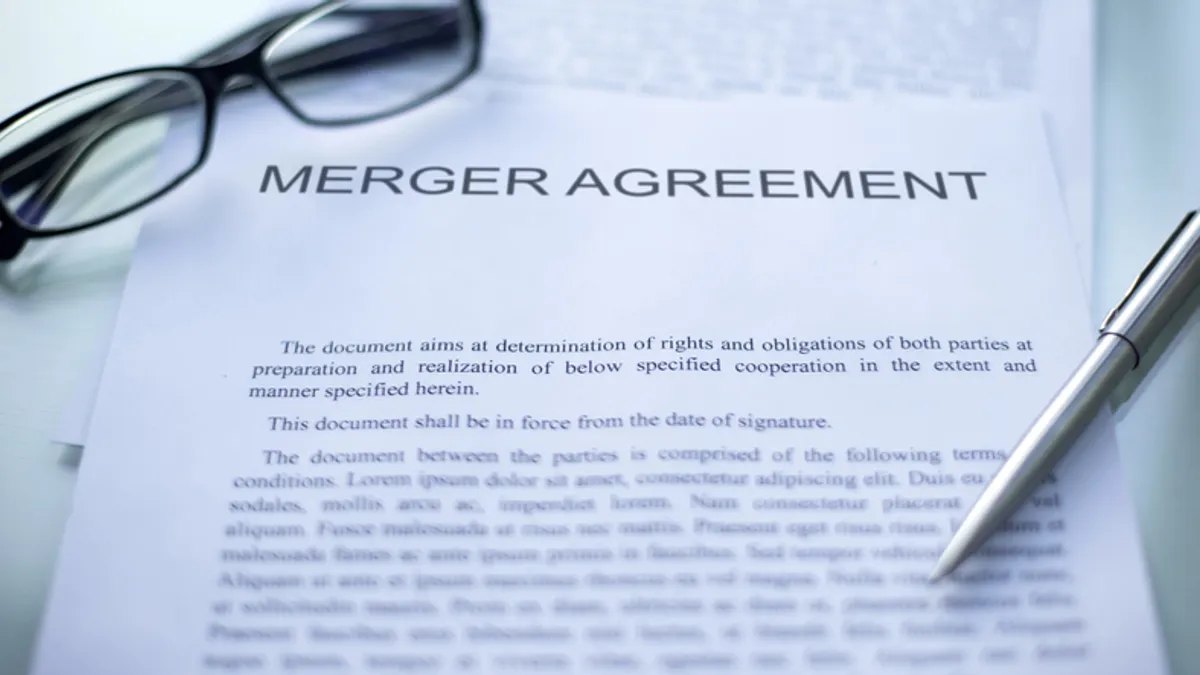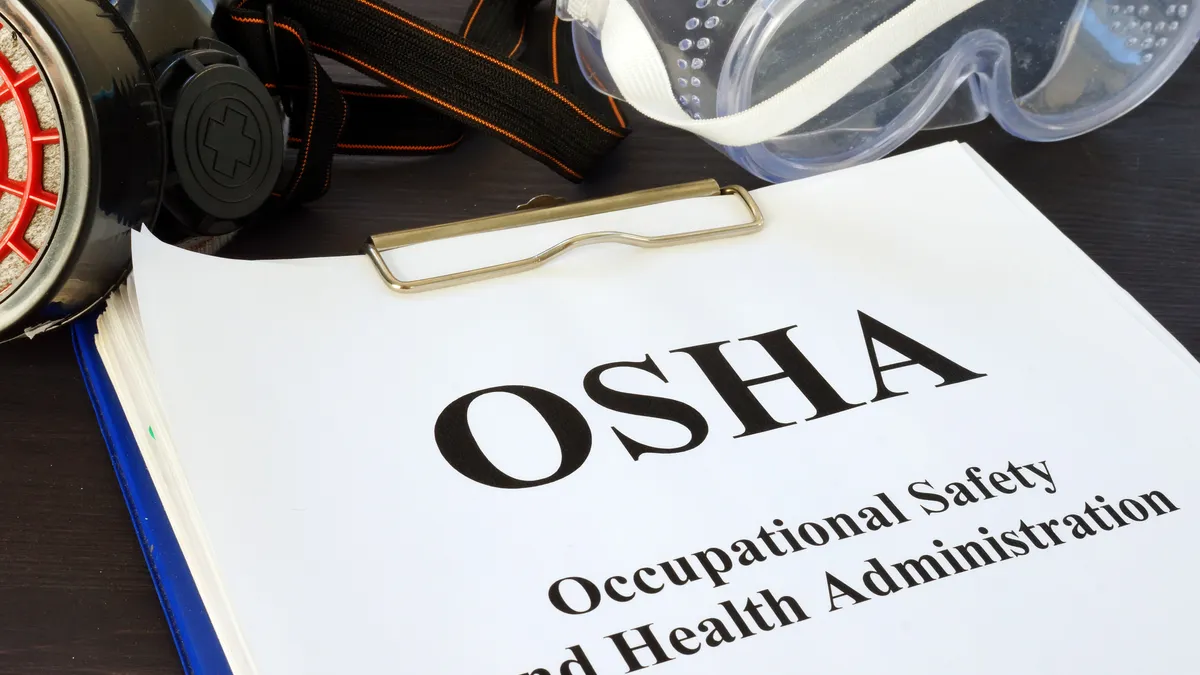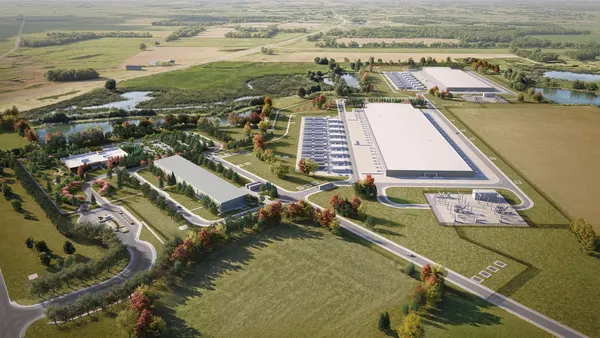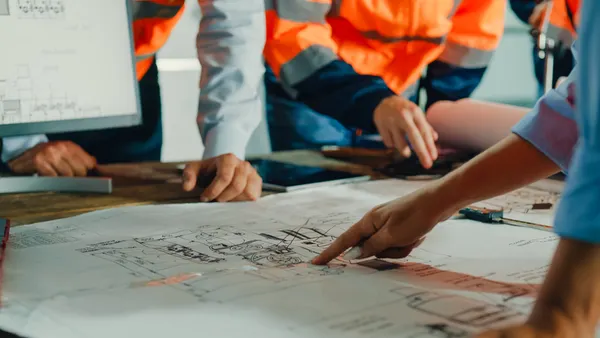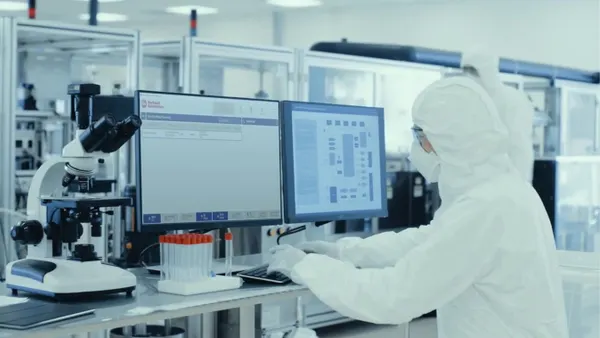Dive Brief:
- A new strap on 3M safety harnesses developed with input from construction pros should help reduce injuries to workers after a fall.
- The manufacturer said its Suspension Trauma Safety Straps alleviate the risk of orthostatic intolerance or suspension trauma, a potential hazard after a worker falls and is suspended upright by fall arrest equipment. The straps will be included and standard on all mainline 3M DBI-SALA branded harnesses.
- 3M collaborated with Skanska USA to get feedback that helped in the development of the strap. Skanska, a member of the Construction Industry Safety Initiative of more than 70 national and global construction firms, also provided members' thoughts on the idea.
Dive Insight:
After a worker experiences a fall and is hanging in a harness, blood can accumulate in his or her veins, which can lead to orthostatic intolerance, a condition that occurs when an individual moves suddenly after being sedentary for a long time. Its symptoms include light-headedness, heart palpitations, poor concentration, fatigue, nausea, dizziness, headache, sweating, weakness and occasionally fainting while standing, according to OSHA.
Research indicates that suspension in a fall arrest device can result in unconsciousness, followed by death, in less than 30 minutes, according to OSHA, which recommends that suspended workers be rescued as quickly as possible.
The new safety straps alleviate this problem by allowing a fallen worker to stand, relieving pressure on leg arteries, according to the manufacturer. This helps prevent suspension trauma while awaiting rescue. The straps will be included on all North American harnesses starting this month, with incorporation completed on all mainline harnesses by the end of March 2021 and on all remaining North American harnesses by the end of 2021.
Industry collaboration helps companies like 3M to research and develop products that benefit workers, said Tim Thompson, the firm's Global NPI marketing manager, and Skanska is known for its commitment to researching new products that will benefit workers.
The contractor's in-house environmental, health and safety team has made significant strides over the years designing and implementing new safety technologies and best practices to better the industry and create safe, inclusive construction jobsites. Last year, the company launched tailor-made PPE for its female workforce nationwide, including gloves and vests that are custom-built based on feedback from female employees.




